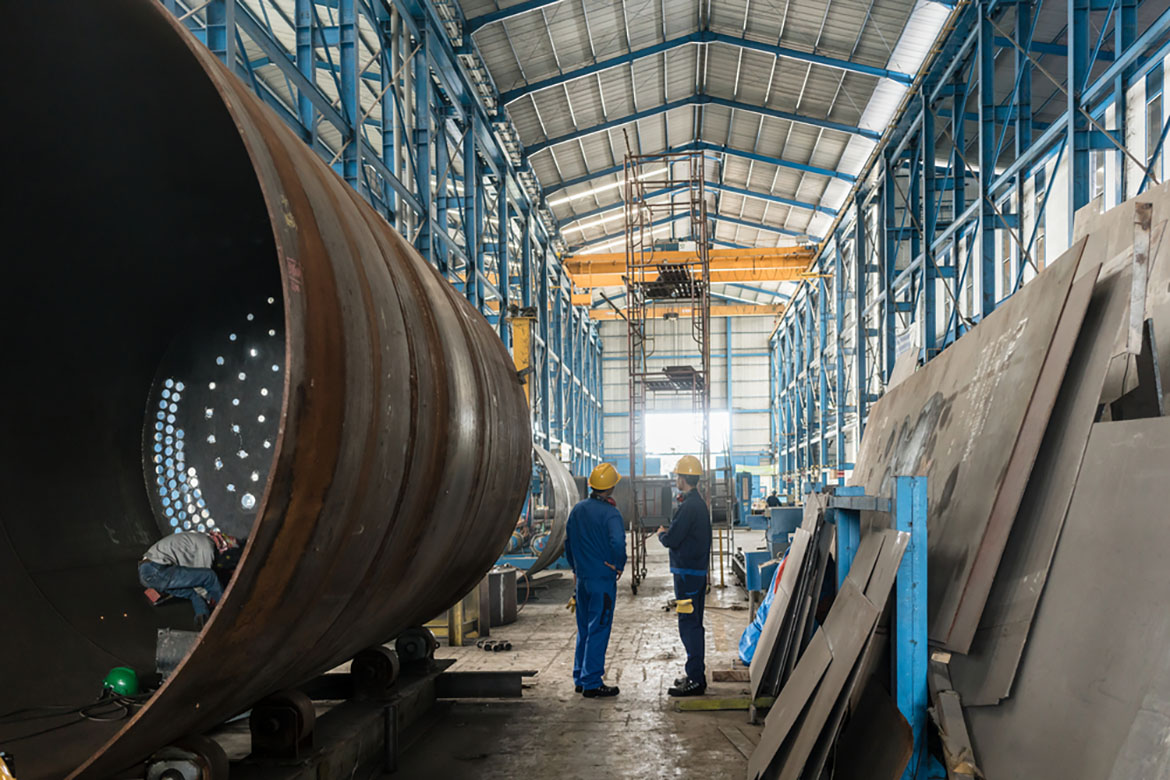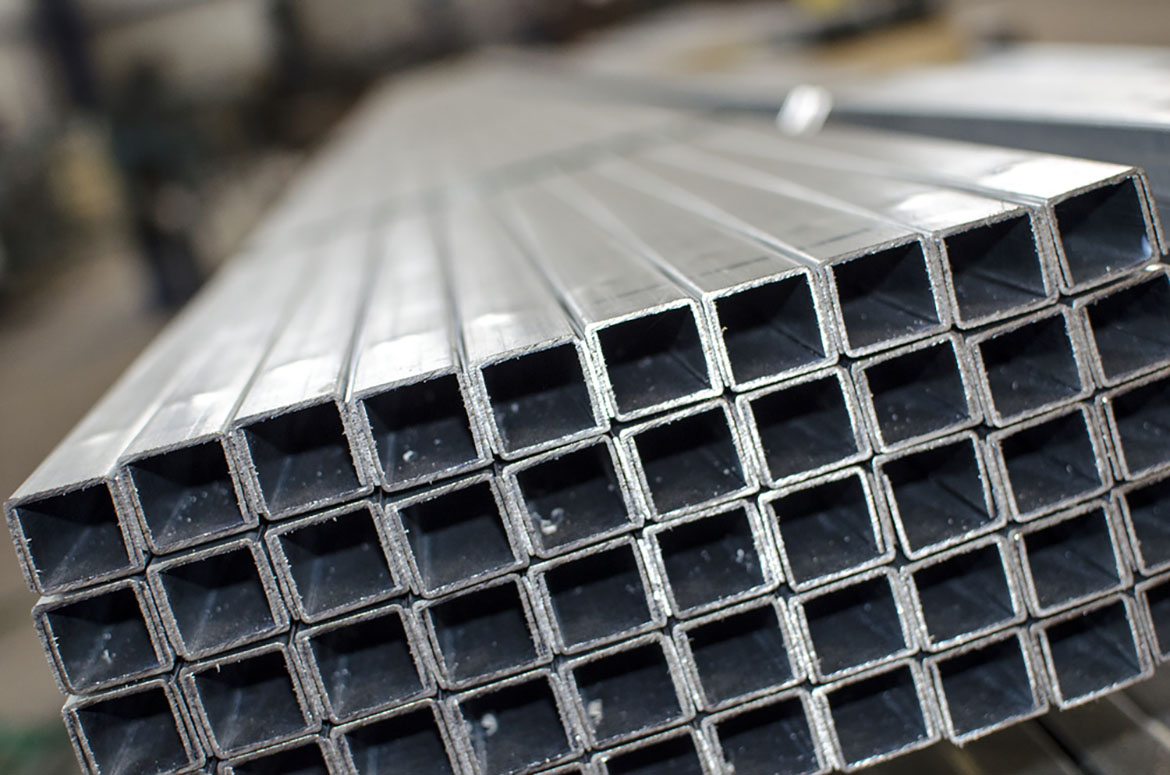Procurement wasn’t always an integral part of the average business model. Purchasing raw materials and other goods needed for production and business management was just something people did when they needed more of something. The idea of procuring goods for a project or task goes all the way back to ancient Egypt when building managers would use scribes to monitor the flow of raw materials being used to construct the pyramids.
But manufacturing has come a long way over the past few decades. Today, procurement is now seen as a strategic business decision. When, how and where you choose to order your goods can have a major effect on your operations. This is especially important in the steel fabrication industry. Learn about the different forms of procurement, including direct vs. indirect and how these terms relate to your business.
Direct Procurement
Direct procurement is when companies order supplies and raw materials that they use to manufacture their goods. This includes anything that goes into the making of the company’s products. Most manufacturers will order large quantities of raw materials, which are usually shipped in wooden crates or bulk pallet containers.
Shop Wooden Crates for Steel Shipping
Without these raw materials, the company wouldn’t be able to manufacture its goods or earn a profit.
Direct procurement usually happens on a consistent basis, if not every day. Companies may need to order more manufacturing materials at the end of every shift.
Companies usually shop around for the best deal when ordering raw materials. The goal should be to order large quantities of high-quality materials at the lowest possible price.
Examples of Direct Procurement
Any item or goods used in the manufacturing process would count as direct procurement.
In the steel fabrication industry, direct procurement would refer to the raw steel used to manufacture the company’s products, such as steel rods, beams and brackets for construction and steel parts for automobiles, as well as lighting accessories, locks, nuts, bolts and other popular steel products.
Indirect Procurement
Indirect procurement refers to the items or goods the company needs to stay operational. These products are used throughout the company to facilitate various operations. They are not used in the manufacturing process. Instead, they are designed to help workers complete tasks and conduct business as usual.
Items purchased through indirect procurement often have no bearing on the company’s bottom line. However, without these essential items, the company would typically grind to a halt as workers struggle to complete the most basic tasks.
Items purchased through indirect procurement are usually finished products purchased from a retailer, such as appliances, tools and other business equipment.
Indirect procurement usually doesn’t happen as often as direct procurement. These items may need to be replaced once a year or less, depending on the nature of the business.
Finding the lowest price isn’t usually that important when it comes to indirect procurement. Companies often order the goods or items they need to conduct business as quickly as possible to avoid interrupting their operations. Companies often choose high-quality goods that will last the test of time.
Examples of Indirect Procurement
Indirect procurement can refer to many different aspects of the business, such as accounts processing, office supplies, storage equipment, replacement parts for machines and equipment and even an automated warehouse system for managing inventory and improving efficiency.
In the steel fabrication industry, indirect procurement would be anything the company uses to conduct its operations. Many steel companies use industrial wire baskets to move their inventory from the loading dock to the manufacturing site or vice versa. This would count as indirect procurement. The basket keeps inventory visible on the shelf for better quality control. However, the item isn’t used in the manufacturing process.
Every company should know the difference between direct vs. indirect procurement. This will help you better manage your expenses and order history as you spend money on the things you need every day. Many companies use predictive analytics to anticipate when they will need these items, which helps them reduce the amount of inventory they keep on hand. Managers will get a notification when they are running low on these items so they can order more at the right time. Organize your purchases into these two categories to get a better idea of how you’re spending your money.
Image Credits:
Panchenko Vladimir/shutterstock.com
Kzenon/shutterstock.com
quka/shutterstock.com


